After three days in Halifax, Ryan and I rented a car to continue our Maritimes road trip. The next city on the list was Fredericton, but first, we took a detour to see the famously beautiful coastal towns of Nova Scotia.
The Coast of Nova Scotia
Less than an hour away from Halifax, we reached Peggy’s Cove. This small fishing community doesn’t have more than 1,000 residents. However, it’s one of the most popular tourist destinations in Nova Scotia because of its romantic townscape by the water. Its lighthouse, built in 1915, is an iconic landmark in this village that displays its fishing traditions in every available corner.
There are two different versions of why Peggy’s Cove is named like this. The first one says that it is named after Samuel de Champlain’s mother, the first cartographer to map the East Coast of Canada. The second one, and the favorite for the locals to tell, is the story of a girl who survived a shipwreck. Because she was the only survivor and too young to know her name, no one ever knew how she was called, so the community adopted her and named her Peggy. For the rest of her life, she was known as Peggy of the Cove.

Driving for another hour and a half, we arrived in Lunenburg. This town is one of the first British settlements in an area previously occupied by the Mi’kmaq and the Acadians. Just as in Halifax, the British didn’t care about the previous peace and trading agreements made between the natives and the French and expelled both nations to build one of the first Protestant towns in the land. The population of around 2000 people are now the descendants of British, Swiss, and German Protestants that migrated here during the 18th Century.
As a Unesco World Heritage site, Lunenburg preserves the layout of the original village. Its old, wooden houses keep their unique architecture and are painted with vibrant colors that make Lunenburg a lively town by the Atlantic Ocean.
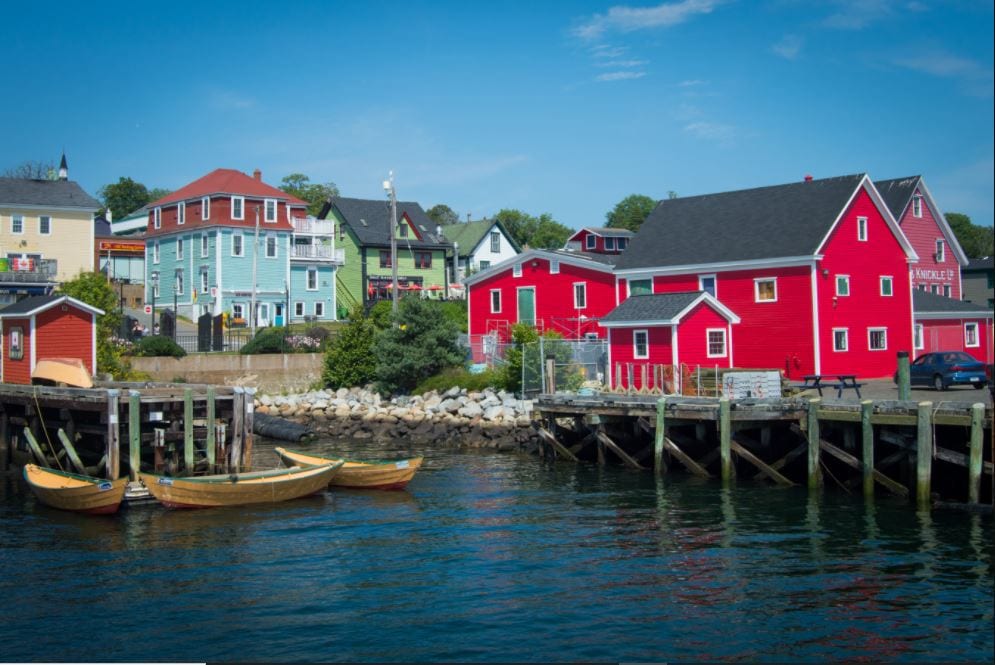
The Bay of Fundy
The next day, we drove into the province of New Brunswick, traveling around the Bay of Fundy, until we reached Hopewell Rocks. These volcanic basalt rock formations are caused by tide erosions and melted glaciers. They are on average 20 meters tall and, depending on the time of the day you visit the park, you can either walk or kayak around them.
I was particularly interested in visiting the Bay of Fundy after an astronomy class, where I learned this is the place with the highest tides in the world. Each day, the tide reaches its highest and lowest point twice, captivating people with how quickly the water level changes just by standing there for a couple of minutes.
After spending the day at Hopewell Rocks and visiting the lighthouses along the coast of the Bay of Fundy, we finally drove to our next destination: Fredericton, the capital of New Brunswick.

The tide was at its lowest when we arrived, but when it gets to its highest the water covers this stone arch. There’s a Mi’kmaq legend that says these tides are caused by the tail of a giant whale that travels through the bay.
The cities of New Brunswick
New Brunswick was part of the territory of Acadia, the land occupied by the French at the beginning of the 17th Century. As you probably already guessed, the British ended up taking over the territory and incorporated it into the province of Nova Scotia. After the Acadians’ expulsion, when the American Revolution came, the British offered big chunks of this land to all those who remained loyal to the 13 colonies.
Fredericton, the capital, was founded in 1784 by the British loyalists running away from the United States. Now, with a population of only fifty-six thousand people, you can appreciate its rich history in its small-town coziness. We stay in an Airbnb beside St. John River, which borders part of the city and has on its shore some of the most beautiful Victorian houses I’ve ever seen.
In downtown, we visited the Boyce Farmers Market— a must for anyone looking for beautiful crafts and fresh food made by local producers. Later, we went to the Regional Museum and learned more about the story of New Brunswick, the Maritimes, and the tribes that inhabited the place long before the arrival of the Europeans.
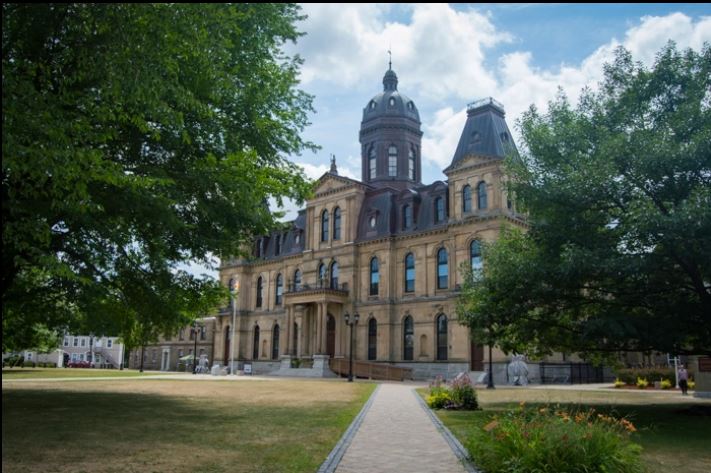
We also got the chance to take a half-day trip to the city of St. John, a larger, more populated, thus more lively place than Fredericton. We went to its iconic market, one of the oldest in Canada, and the Carleton Martello Tower, from where you can see the whole city. In the harbor, you can appreciate the tide going high and low while taking a stroll by the water.
Having crossed out the enchanted coastal towns of Nova Scotia and the historic cities of New Brunswick from our bucket list, now we were ready to visit the smallest province in Canada: Prince Edward Island.
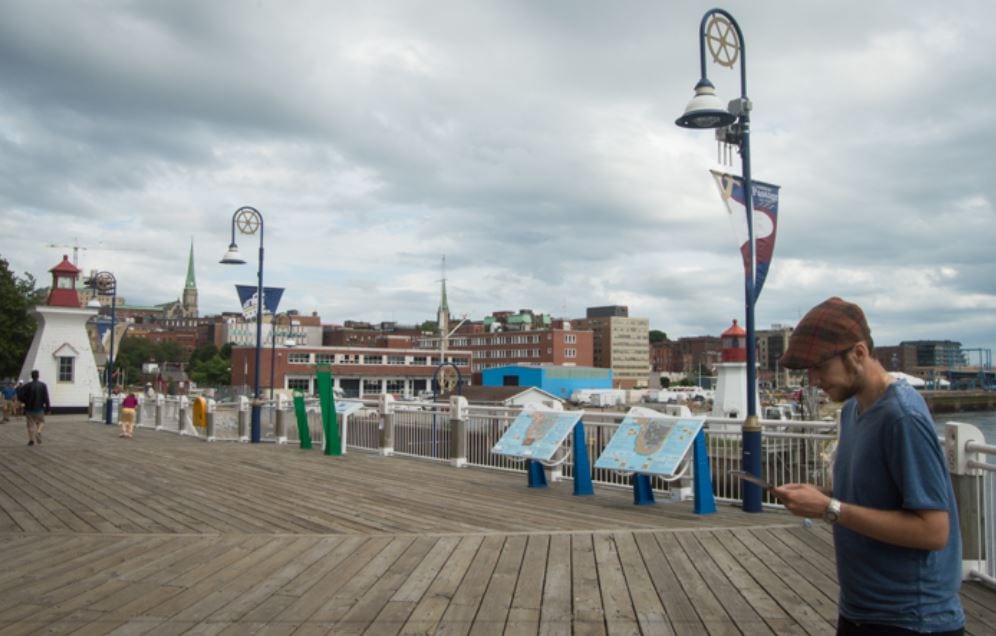
All along the Maritimes’ coasts, you’ll find hundreds of lighthouses to visit.
Distances
-
Halifax to Fredericton taking the coastal route: 555 km.
-
Peggy’s Cove to Hopewell Rocks around the Bay of Fundy: 520 km.
-
Peggy’s Cove to Lunenburg: 100 km.
-
Fredericton to St. John: 108 km.
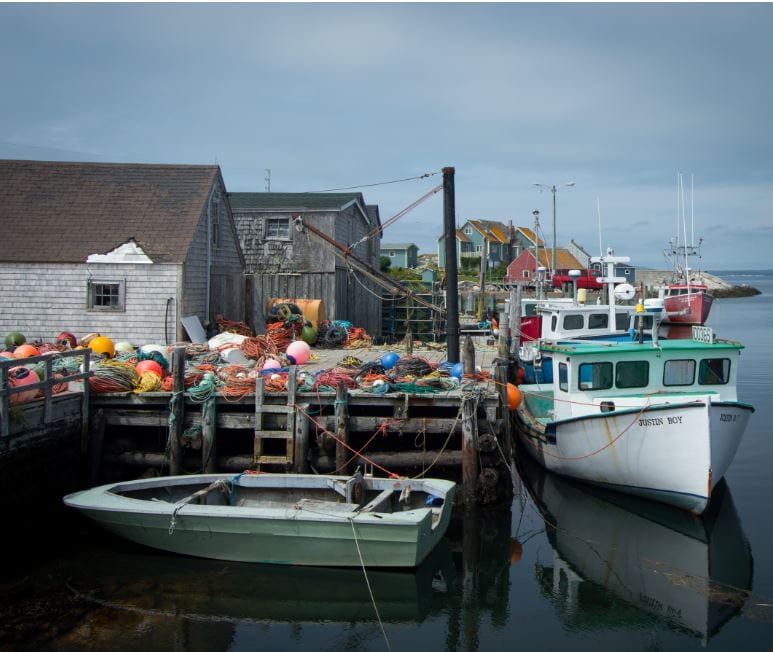
Under Mountains in the Moon Souvenirs
Want to display the beauty of the Canadian Maritimes at home?
My travel photography prints and greeting cards make great gifts for all travel lovers!
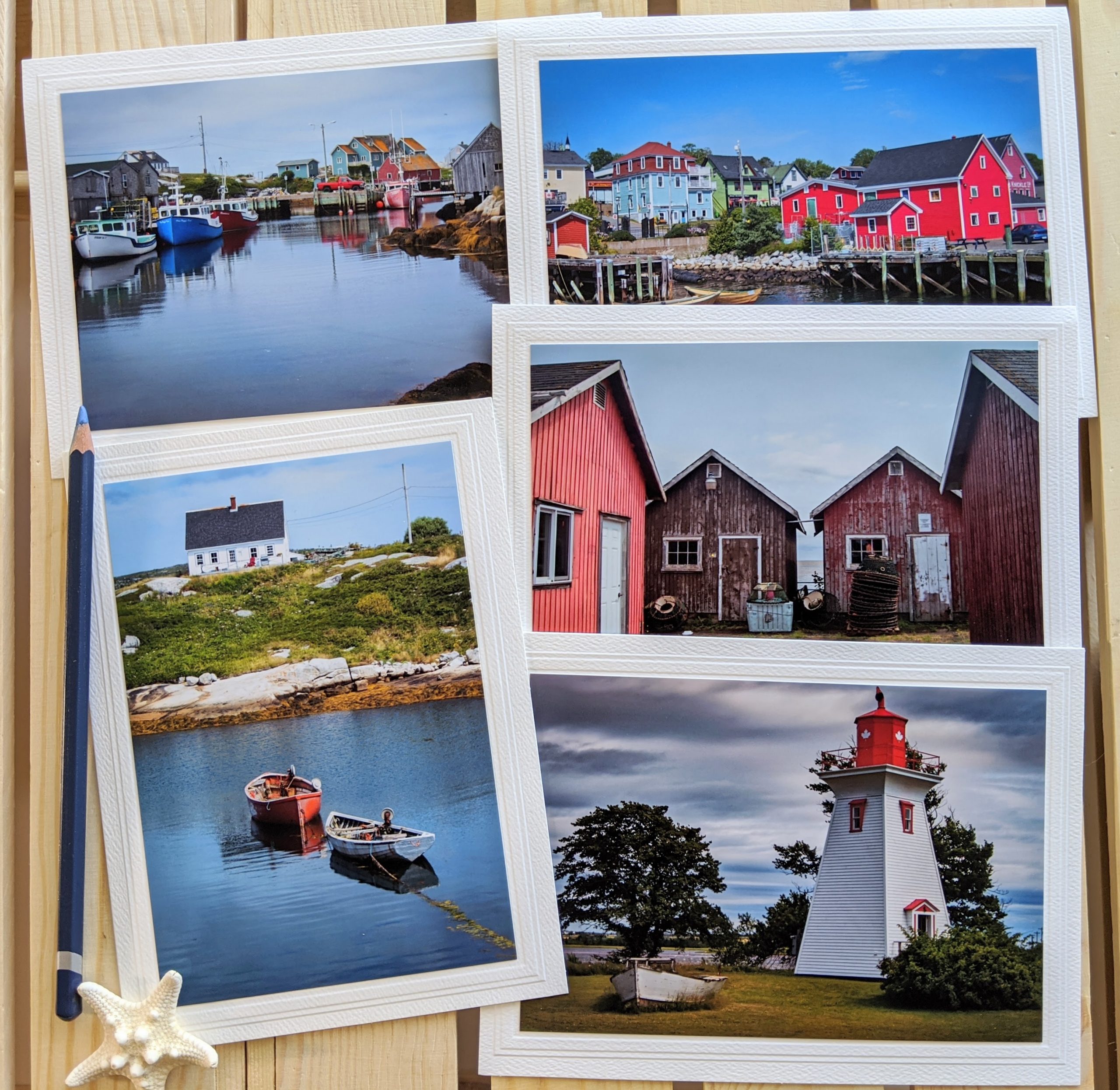

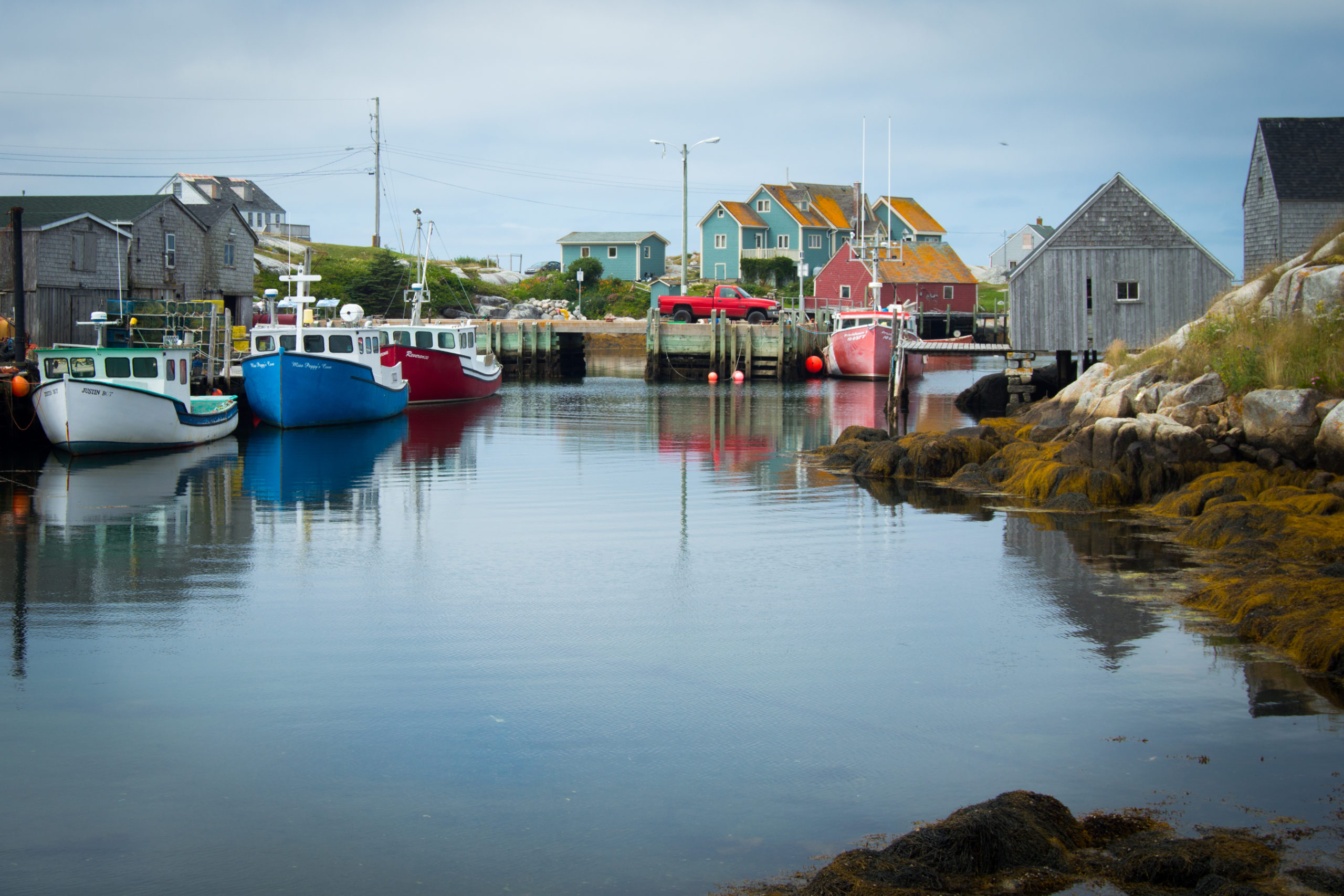

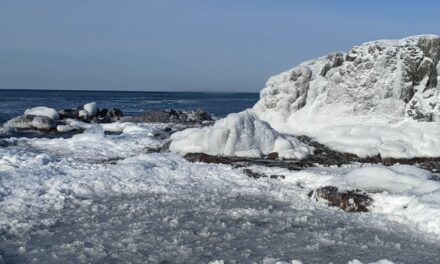
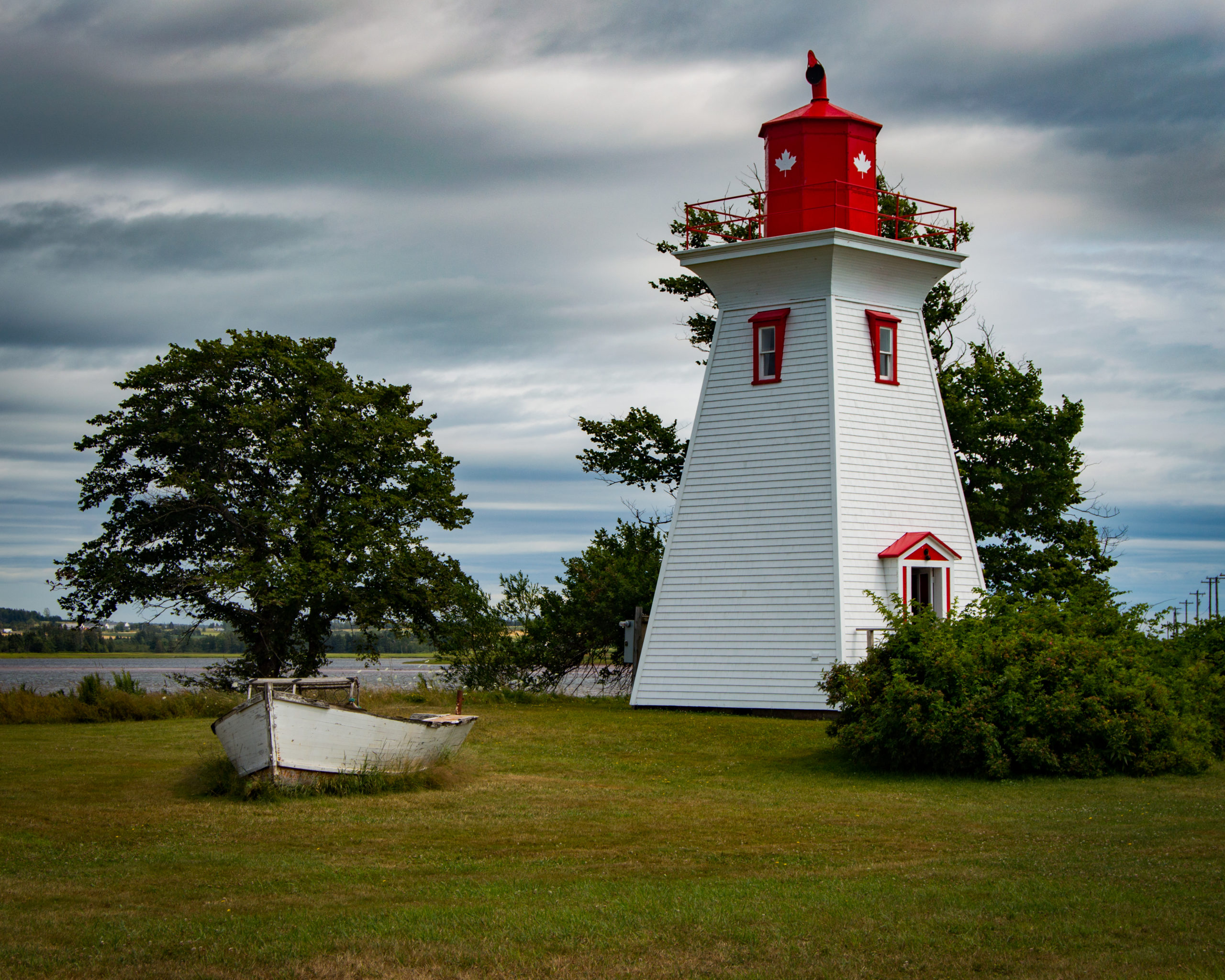
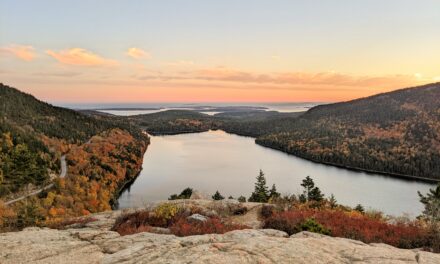
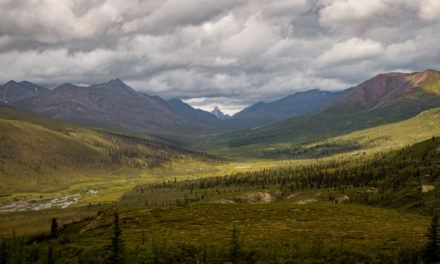

Well-written piece – we need to read more like this, because most info for this topic is done-to-death. You give real value to people.